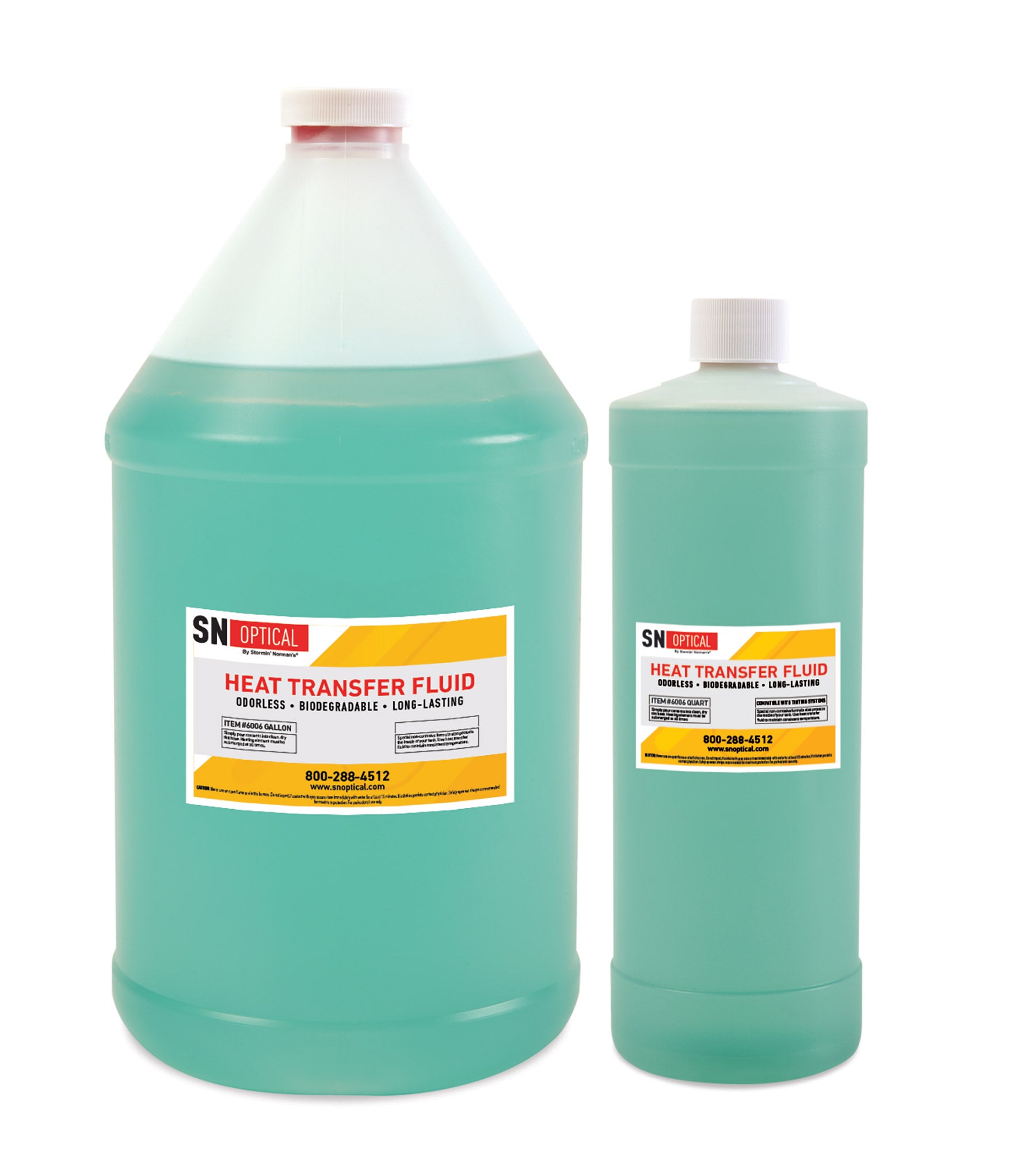Heat Transfer Fluid: Important for Optimizing Industrial Cooling And Heating Solutions
Wiki Article
Why Warm Transfer Liquid Is Important for Optimizing Energy Transfer in Solution
The duty of heat transfer fluids in maximizing energy transfer is essential for attaining reliable thermal management across different commercial fields. These liquids promote smooth heat exchange, guaranteeing procedures run within ideal temperature arrays and reducing the threat of overheating. Their choice, based on factors like viscosity and thermal security, straight influences the effectiveness and sustainability of a system. Nevertheless, the details of picking the appropriate liquid are frequently underestimated. What are the vital considerations for this choice, and how do they impact both economic efficiency and ecological obligation in industrial applications?
Role in Thermal Management
Heat transfer liquids play a crucial duty in thermal management by efficiently managing temperature levels in numerous commercial processes and systems. These specialized fluids facilitate the transfer of warm between different parts, making certain optimum operating conditions and avoiding overheating. By keeping exact temperature level control, heat transfer fluids enable sectors such as chemical manufacturing, oil and gas, and power generation to operate securely and efficiently.The selection of an appropriate warmth transfer liquid depends on numerous aspects, including thermal security, warmth capability, and viscosity. High thermal security makes sure that the liquid can stand up to extreme temperature levels without breaking down, while a high warm capacity permits it to absorb and launch considerable quantities of warmth - heat transfer fluid. Low thickness lowers the power required for pumping, adding to overall system effectiveness
Additionally, warmth transfer fluids are indispensable in applications like refrigeration, where they assist absorb and dissipate warm throughout the cooling cycle. In solar thermal energy systems, these liquids capture and transport solar warm to generate electricity or supply hot water. Their versatility to diverse operating problems and ability to preserve regular thermal performance emphasize their relevance in industrial thermal monitoring, helping with functional connection and enhancing precaution.

Enhancing System Effectiveness
To take full advantage of the benefits of thermal administration, enhancing system effectiveness through the calculated use of warm transfer fluids is vital. These fluids play an important role in enhancing power transfer by helping with regular thermal policy, which subsequently affects the general efficiency and durability of systems. Reliable warmth transfer results in decreased energy losses, decreased functional costs, and improved dependability of tools. By maintaining ideal temperature level degrees, heat transfer fluids aid make sure that systems run within their developed specifications, consequently avoiding overheating and lowering the threat of part failing.
Sorts Of Warmth Transfer Fluids
The diversity of warmth transfer liquids highlights their essential duty in a range of commercial applications, each customized to meet certain thermal monitoring requirements. These liquids help with effective power transfer and are selected based on essential properties such as thermal stability, viscosity, and warm ability. The primary kinds include water, glycol remedies, oils, and synthetics, each offering distinct benefits.Water is the most common heat transfer medium as a result of its high certain warm capability and low cost. Its usage is restricted by its cold and steaming points. Glycol mixes, commonly used in heating and cooling systems, supply a reduced freezing factor, adding versatility in numerous environments. Mineral oils are preferred for their thermal stability and non-corrosive nature, making them suitable for high-temperature applications.

These liquids make certain read what he said exceptional performance in systems where traditional fluids may fail. The selection of a warm transfer fluid is important, as it influences system effectiveness, security, and long life.
Environmental and Economic Advantages
Utilizing the best heat transfer fluids offers substantial environmental and financial benefits for commercial procedures. By selecting fluids with superior thermal stability and high warmth capacity, markets can improve power effectiveness, bring about decreased gas consumption and reduced greenhouse gas discharges. This adds to a smaller sized carbon impact and aligns with worldwide sustainability objectives. Eco friendly warmth transfer liquids, typically biodegradable and safe, reduce the danger of dirt and water contamination in the event of leaks or spills, thus shielding environments and abiding by rigorous environmental guidelines.Economically, the ideal heat transfer liquid can considerably minimize functional costs. Fluids with extended lifecycle performance decrease the regularity of substitutes and maintenance, reducing downtime and connected costs. In general, the tactical usage of optimum warmth transfer fluids supports sustainable financial growth and ecological stewardship.
Choosing the Right Fluid
Just how does one navigate the complex process of choosing the appropriate warm transfer fluid for industrial applications? Choosing the suitable fluid is essential, as it directly influences system effectiveness, security, and functional expenses. Secret factors to consider consist of thermal stability, compatibility with system materials, and operating temperature array. Thermal description security guarantees the liquid can withstand high temperatures without deteriorating, while compatibility prevents rust or various other damaging reactions with system elements. The operating temperature level range must straighten with the system's needs to maintain performance and longevity - heat transfer fluid.In addition, the fluid's heat ability and viscosity are extremely important. A high Clicking Here warm capability allows the liquid to soak up and transfer even more power, enhancing effectiveness. Optimum viscosity makes sure very little pump job and effective heat transfer, particularly in varying temperature levels. Environmental and safety aspects ought to also belong to the decision-making procedure. Safe, eco-friendly liquids reduce environmental effect and abide by regulatory requirements, minimizing obligation threats.
Conclusion
The tactical selection and application of warmth transfer fluids are fundamental to enhancing energy transfer across numerous systems. By making sure high thermal security and ability, these fluids give precise temperature level control and improve overall system efficiency.Report this wiki page